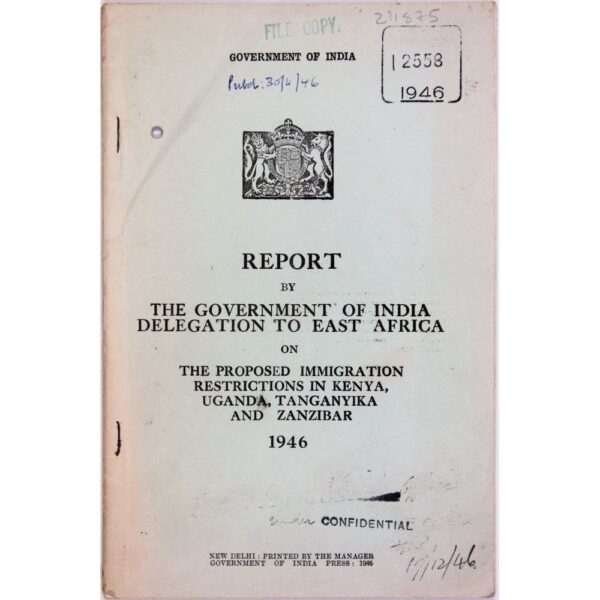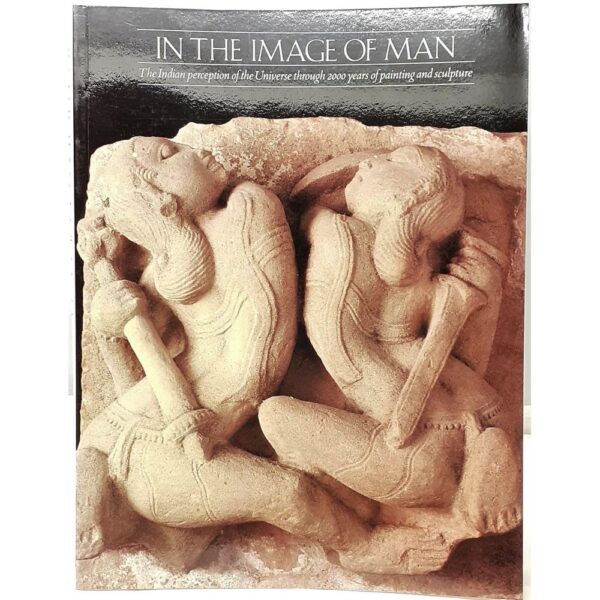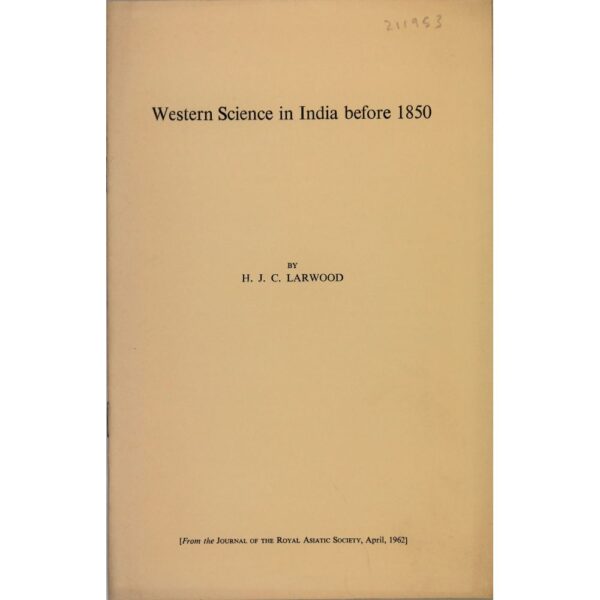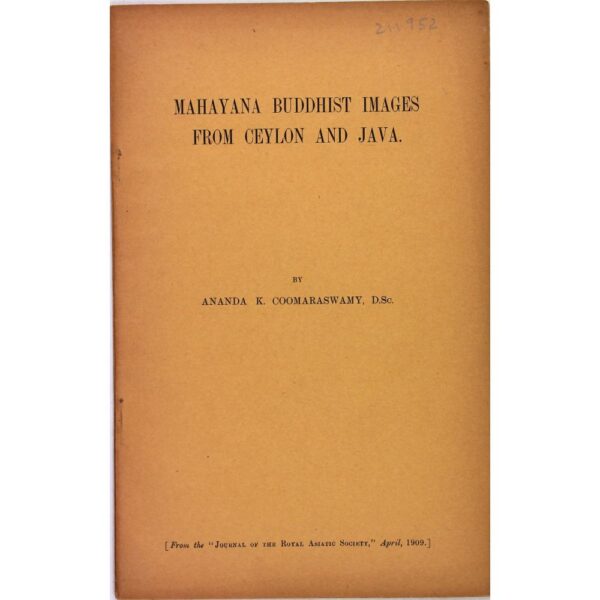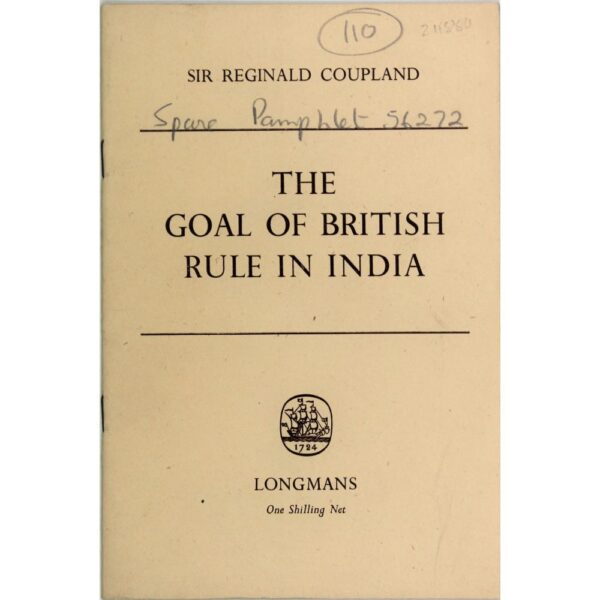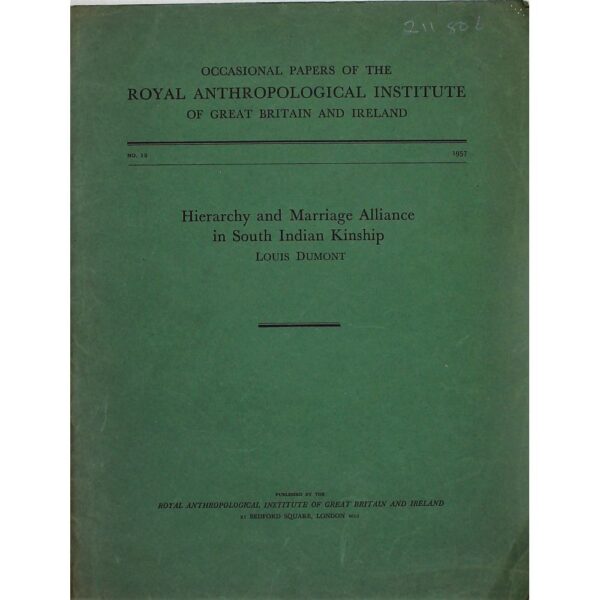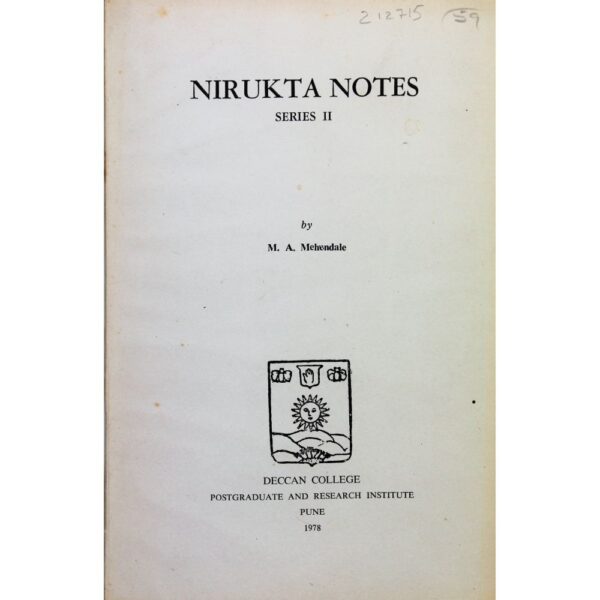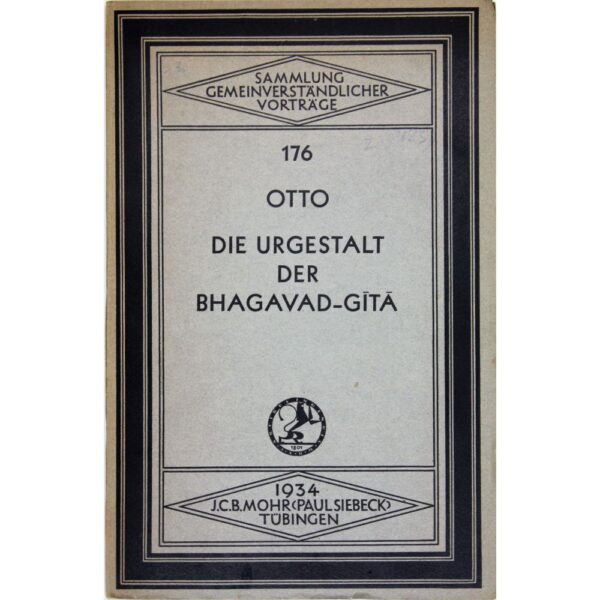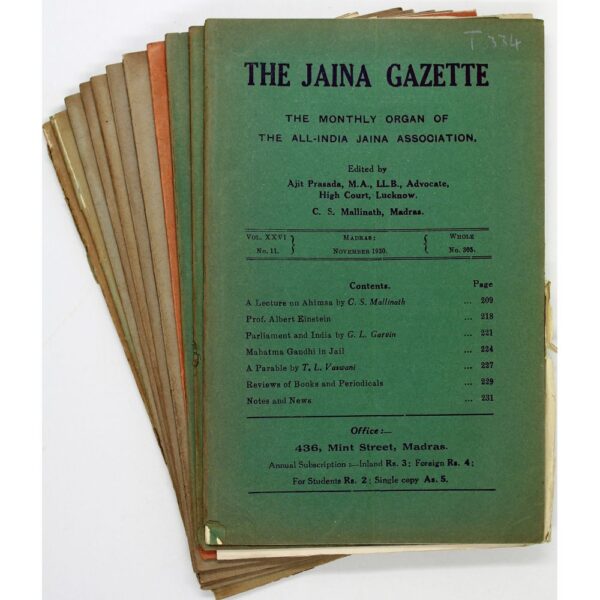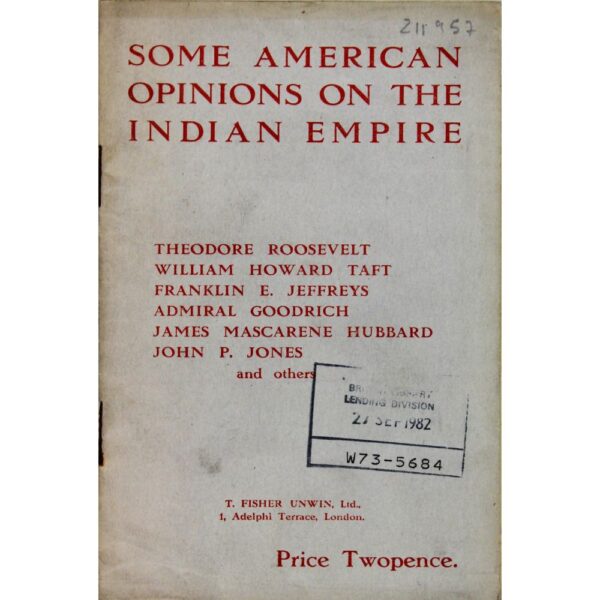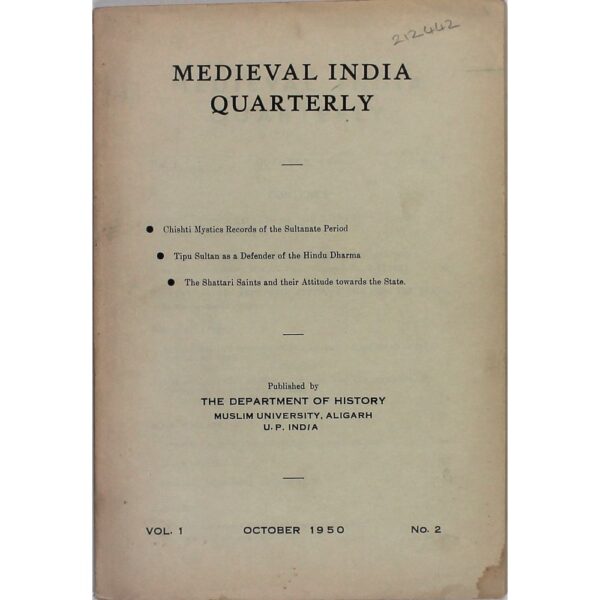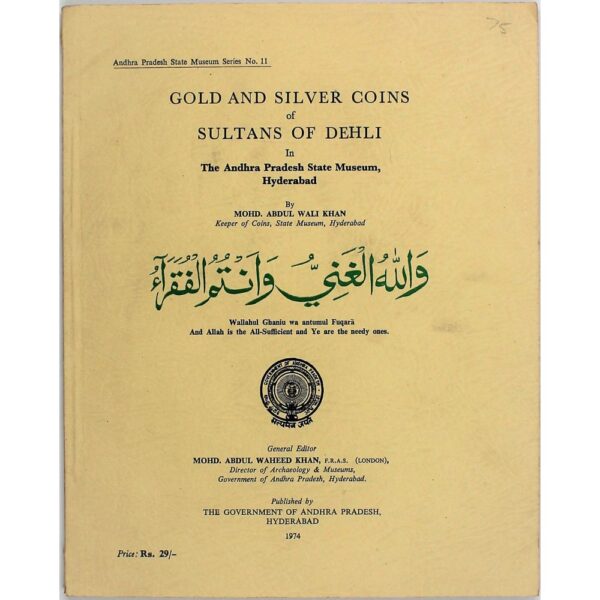
First edition, 4to, Part II only (of 4 parts), pp.19, 120 plates (numbered 1283 to 1403). Original wrappers dusty and worn, spine defective, but plates clean and in very good condition with a few small marginal tears. Small bookplate of Examiner's Office pasted to front wrapper. Blindstamp of Royal Botanic Society. A small part only of Robert Wright's extraordinary compilation of illustrations of Indian plates published in six volumes, each in several parts, between 1840 and 1853. The lithographs were executed by J. Dumphy, probably Irish in origin, who worked at the Government Lithographic Press in Madras, after original drawings by Govindoo. Robert Wight (1796-1872) surgeon and botanist, was a man of phenomenal energy which he devoted to collecting and describing the plants of southern India, and to illustrating them in three works published at Madras. According to Desmond, Joseph Hooker and Thomas Thomson both considered Wight's publications "the most important contributions, not only to botany, but to natural science, which have ever been published in India". Wight was one of the earliest champions of lithography at Madras, purchasing his own lithographic press with help from the local East India Company's administration, and using it extensively to illustrate his botanical descriptions. Henry Noltie's recent study, Robert Wight and the botanical drawings of Rungiah & Govindoo (Edinburgh: Royal Botanic Garden, 2007, Book I, p.178) points out the importance of this: "A large proportion of the illustrations Wight commissioned were published within his lifetime. Wight himself was conscious of this when he stated with justifiable pride by the time he left India, it was the best illustrated flora of any British territory outwith Britain Noteworthy too was his use of lithography so that his artists' work could be disseminated as cheaply as possible." He admired the skill of Indian artists and enlisted the help of several, chief amongst them Govindoo, with whom he was so pleased he named a plant after him.

First edition of this translation and commentary, pp.[ii], ii, [2], lvi, [2], 201, 27, 3, 94, 61. A very good copy in original cloth. From the library of Dr. Otto Stein, with presentation inscription. Sanskrit text with English translation and introduction of the Jasmine Garland or Kunda Mala. Dinnaga was a poet, contemporary and rival of Kalidasa, not to be confused with the Buddhist logicien of the same name.
